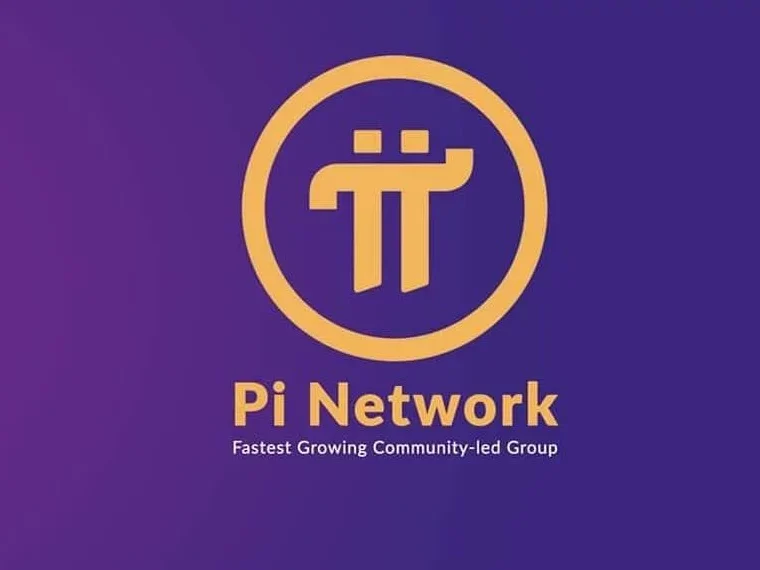Pi Network launches its Open Network on February 20, 2025, aiming for a decentralized ecosystem. Challenges include exchange listings and addressing skepticism.
Pi Network is generating considerable interest in the cryptocurrency world, especially with its upcoming global launch scheduled for February 20, 2025. This launch follows six years of development and aims to transition the network to an Open Network period. The project seeks to establish a peer-to-peer ecosystem powered by the Pi cryptocurrency.
Open Network Launch
The official transition to the Open Network is set for February 20, 2025, at 8:00 AM UTC. This milestone comes after significant development efforts and the migration of over 10.14 million users to the Mainnet, surpassing initial goals. The Open Network aims to facilitate a decentralized environment where over 19 million identity-verified users, known as Pioneers, can utilize the Pi cryptocurrency.
Pi Network’s journey included the Enclosed Network phase, which began in December 2021. This phase was crucial for Pioneers to complete Know Your Customer (KYC) verification, for developers to create applications, and for the Core Team to refine the network’s features. A revised mining rewards formula was introduced in March 2022, and the Grace Period, initiated on July 1, 2024, incentivized users to finalize KYC and migrate to the Mainnet. PiFest 2024 further highlighted Pi’s ecosystem, showcasing its integration into local commerce.
The Open Network launch will enable external connectivity, allowing Pi to interact with other compliant networks and systems. While anyone can technically add nodes to the Mainnet blockchain, priority will be given to Pioneers with a proven history of contributions and reliability. KYC verification remains mandatory for Pioneers, and Know Your Business (KYB) verification will be required for businesses engaging in Mainnet activities.
The launch date was strategically chosen based on predefined conditions, including the completion of necessary technical and legal preparations, exceeding targets for KYC-verified users and Mainnet migrations, and the availability of over 100 Mainnet-ready applications. Users are encouraged to continue with KYC, migrate to the Mainnet, and actively use Pi applications. Developers are urged to enhance existing apps and develop new ones to enrich the ecosystem.
During the Open Network period, users are encouraged to continue mining, use Pi Apps, and support local commerce integration. Developers should concentrate on improving existing Mainnet applications and creating new ones. Businesses are encouraged to obtain KYB verification. Collaboration among users, developers, and businesses is seen as essential for the long-term sustainability and robustness of Pi Network.
Exchange Listings and Market Presence
The potential listing of Pi on major cryptocurrency exchanges is a significant point of discussion. While some exchanges like OKX and Bybit are reportedly prepared to list Pi, others are taking a more cautious approach. Binance, a leading exchange, has not yet listed Pi Coin, citing that the coin has not met the necessary listing requirements. However, Binance has engaged its community through a poll to gauge interest in listing Pi, suggesting that the possibility remains open if the project meets the exchange’s criteria.
Controversies and Skepticism
Despite the anticipation, Pi Network faces skepticism. Some critics question its legitimacy, even though there is no concrete evidence against it. Major exchanges like Coinbase and Kraken are adopting a conservative stance, reflecting the caution typically associated with new asset listings.
Potential Use Cases and Technology
Pi Network aims to offer several real-world use cases, including decentralized finance (DeFi), immersive gaming experiences, and e-commerce solutions. The network’s tap-to-earn feature allows users to mine Pi coins on their phones, promoting accessibility and reducing energy consumption. Pi Network utilizes a consensus algorithm based on the Stellar Consensus Protocol (SCP), known for its security and fault tolerance.
Recommendations
For those considering investing in Pi Network, it is advisable to stay informed about exchange listings, engage with the community, and diversify investments to mitigate risks. The network’s innovative approach and potential use cases make it a noteworthy project in the cryptocurrency space, but it is essential to approach it with caution and awareness of the associated challenges.
Sources: https://minepi.com/blog/open-network-launch-date/
https://www.cryptotimes.io/2025/02/19/why-is-pi-coin-not-listed-on-binance-for-trading/
https://lanoticiadigital.com.ar/news-en/pi-networks-mainnet-launch-a-new-frontier-in-cryptocurrency/138247/
